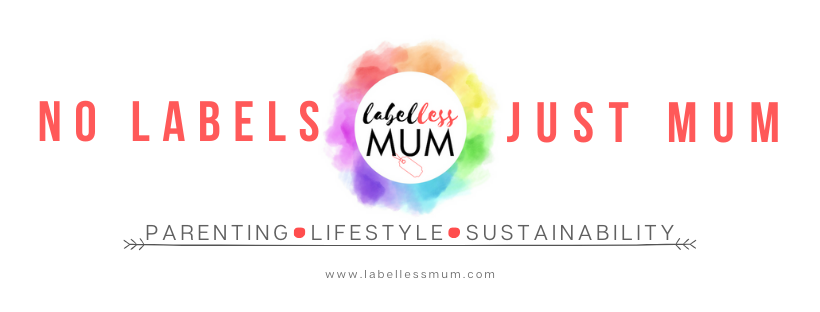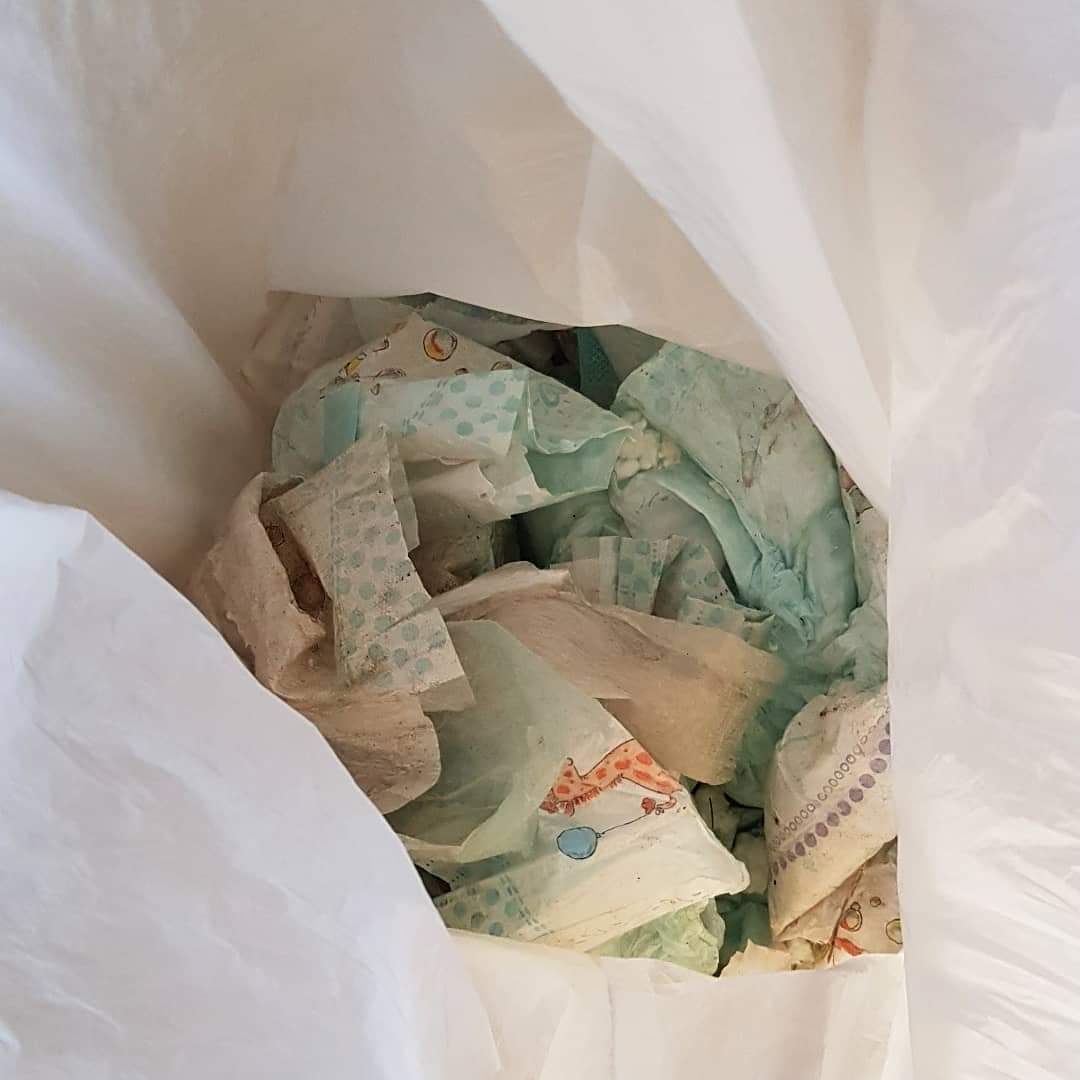
What’s in a Baby’s Disposable Nappy?
It’s not a question thought too deeply by many but it certainly is a valid one to ask. I recently had the misfortune of having to pick up almost a full pack of unused disposable nappies thrown around by some kids in my estate. I had the chance to see up close and personal what was inside them. What I saw spurred me on to dig a little deeper into the materials used in the popular disposable nappy adopted by parents across Ireland since the 1980’s.
I based my main research on a French report published in 2019. It is an extensive report containing 202 pages of information. I have tried to keep this as brief as possible however there is still so much more I could and would have liked to write.
ANSES Opinion Report
In France in 2017, ANSES (French Agency for Food, Environmental and Occupational Health and Safety) was asked to carry out a formal analysis on the safety of 23 branded nappies available in supermarkets all across Europe, including here in Ireland. The purpose of the report was to;
- Assess the risk to babies exposed to the chemicals through direct contact.
- Measure the level of hazardous substances inside the nappies.
- Make recommendations for improvements for the composition and manufacturing of the disposable nappies as well as providing us, the consumer with more information surrounding them.
What is a Disposable Nappy Made From?
A disposable nappy’s ingredients are broken into two categories; natural and synthetic.
- Natural materials include wood cellulose which is chemically bleached before being transformed into a nappy’s core.
- Synthetic materials including Polyolefins (plastic) and Super Absorbent Polymer (the absorbent gel that traps the urine)
It’s noted early on in the report that “the precise nature of the materials with which single-use baby diapers are made could not be determined” and “the same lack of information was noted for the description of processing aids such as glues, and for the intentional adding of substances (fragrances, inks, etc.). In short, the manufacturing companies of some disposable nappies couldn’t or wouldn’t disclose exactly how the nappies were made or provide more information on the other materials used. Interestingly they also stated that scientific publications surrounding the materials and processes written by people other than those employed by disposable nappy companies were scarce.
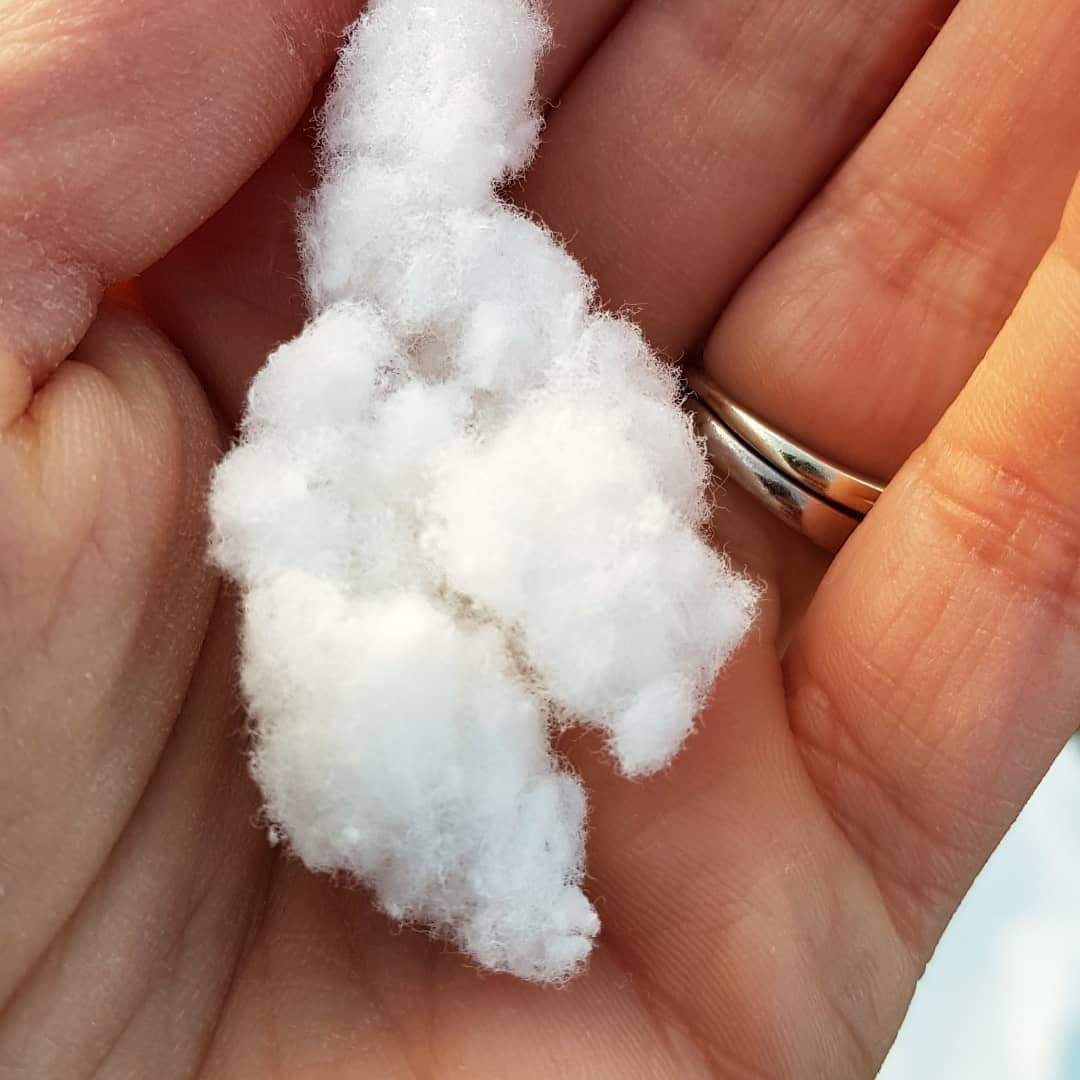
Chemicals
The report investigates what chemicals are present in disposable nappies and the quantity found however I won’t list all of them as there are simply too many but please if you would like more details read page 4 of the report (report linked down below). Here’s just a sample listed:
- Volatile organic compounds
- Pesticides
- Formaldehyde,
- Dioxins, furans and DL-PCBs,
- Fragrances
From the above list, the only chemicals intentionally added are fragrances. The others occurred as a by-product in manufacturing. For example; pesticides are not physically put into disposable nappies but are present in the raw materials used in the nappies. ie from the trees or sometimes cotton being sprayed when growing.
Also it’s worth noting that all of the pesticides found in the nappies are banned in Europe with the exception of Glyphosphate, although most countries have restricted it’s use or are in the process of banning it. To me, this says one of two things. Either the companies are using illegal pesticides in Europe or the raw materials are being imported from a country outside of Europe. There is much research to be done.
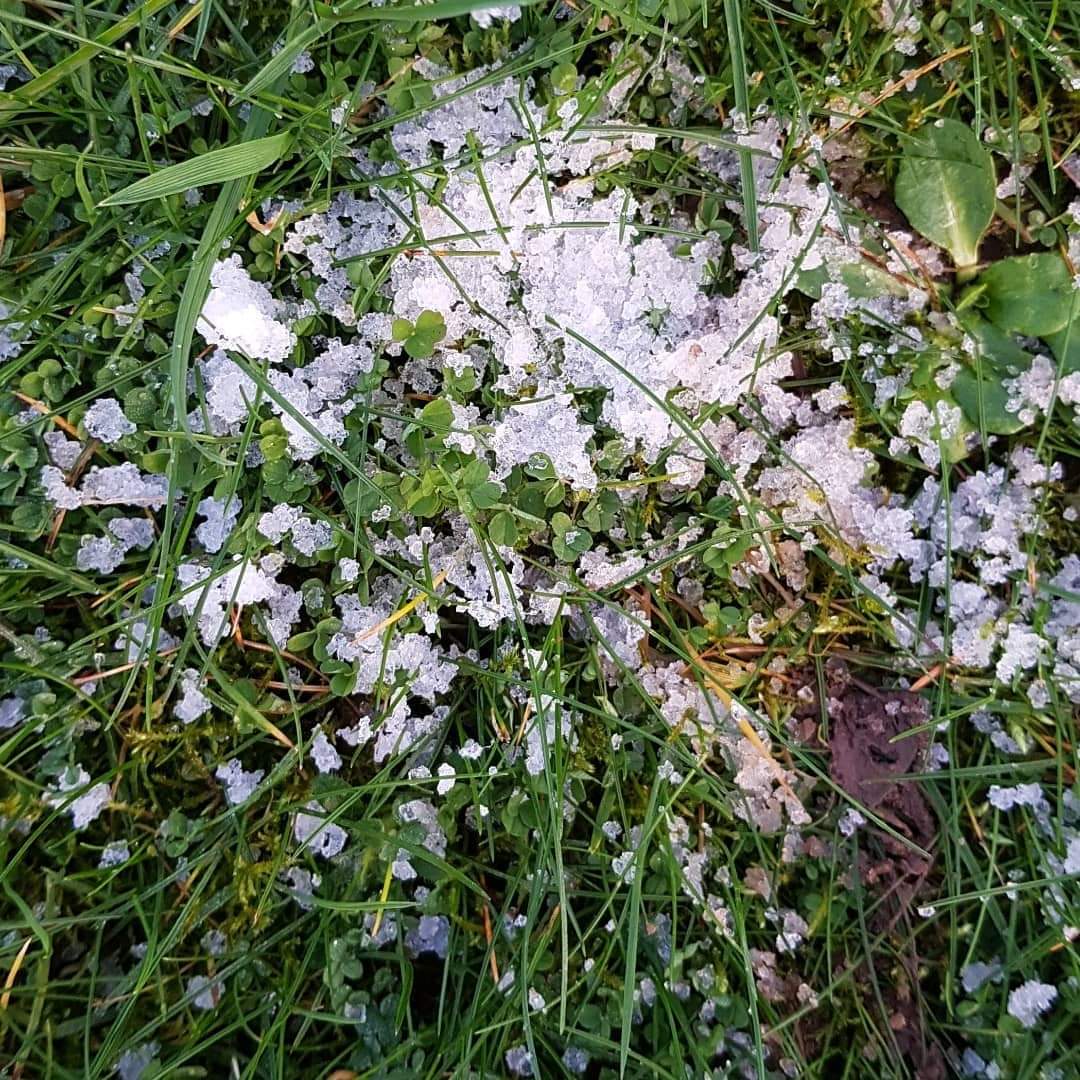
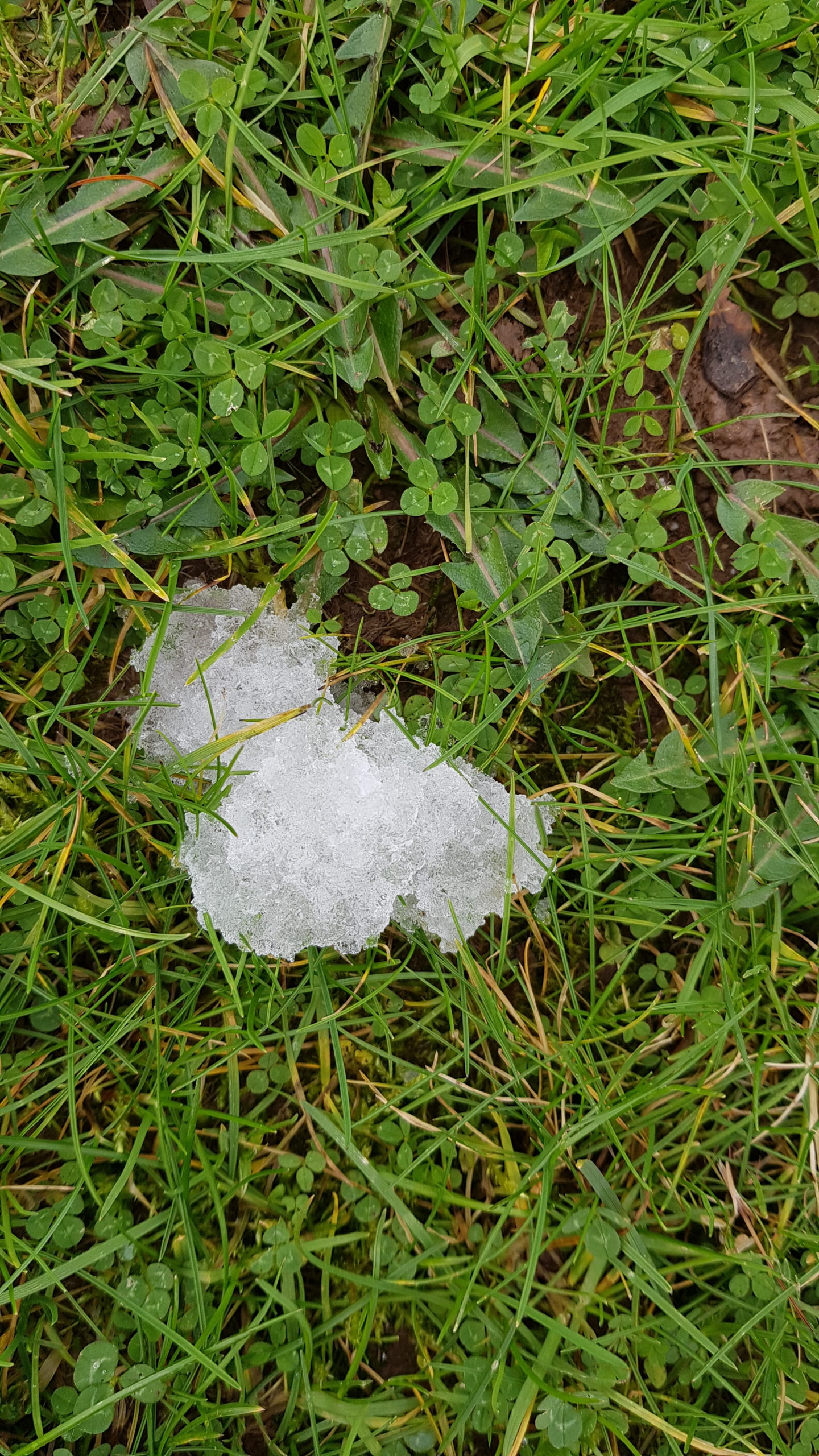
Moving on and if like me you, were wondering what the “f” dioxins are, a quick type into Google brings up this;
“Dioxins are a group of highly toxic chemical compounds that are harmful to health. They can cause problems with reproduction, development, and the immune system. They can also disrupt hormones and lead to cancer. Known as persistent environmental pollutants (POPs), dioxins can remain in the environment for many years.”
(https://www.medicalnewstoday.com/articles/17685.php). Dioxins are caused by burning household waste, using fuels such as coal, woods and oil, chlorine bleaching and the use of pesticides. There is so much more information I could write on dioxins, perhaps in a future post.
ANSES Recommendations
Finally, the following recommendations were made by the agency for the manufacturing companies to;
- Eliminate all perfumes that are added to disposable nappies especially those that cause skin sensitivities.
- Have better control over contaminated natural raw materials i.e stricter guidelines and conditions at the source of raw materials.
- Improve manufacturing processes to limit as much as possible the occurrence of harmful substances in the nappies. For example, using other techniques to bleach materials other than using chlorine.
How is my baby affected by disposable nappies?
The effects of chemical exposure to babies aged 0 to 36 months were tested on a worst-case scenario basis under realistic conditions that could potentially happen in an every day situation.
The report concluded that, no ill effects were observed in babies wearing disposable nappies but, because hazardous chemicals were present “ it is not possible to rule out a health risk associated with the wearing of single-use diapers.” (page 12)
There is an article called “Disposable baby diaper – A Threat to health and environment”. I have requested a full version of the article which will enable me to do more research but for now, this is from the articles abstract;
“Disposable diapers have been implicated by diapering proponents like leak proof polymers, super absorbent polymers and some scented chemicals which are the key factors for everything from chronic diaper rash, respiratory problems like asthma, male infertility even to testicular cancer.”
What about Biodegradable Nappies?
Biodegradable, in the dictionary is defined as “(of a substance or object) capable of being decomposed by bacteria or other living organisms and thereby avoiding pollution.”
It is commonly believed that because something contains the word “biodegradable” it must be better for the planet and break down quicker. This would be great and true if the conditions were ideal enough for the product to break down. Biodegradable nappies sent to landfill cannot breakdown any quicker than their standard disposable cousin. For something to break down naturally you need oxygen and certain microbes. Landfill has neither and so the nappy stays there for upwards of 450 years.
Biodegradable nappies may be a better option for your baby due to them having less chemicals and containing more natural, sustainable fibres but if you were looking to use them to help the environment, reduce and reuse is the way to go.
Final Note
I realise that in writing this blog I seem entirely biased and that is because I am. I am a cloth user and advocate for their use in mainstream Ireland through my business. There is no doubt that our planet is facing a great number of issues. One of them is the war on waste and I believe that the key to winning that battle is by reducing our waste as much as possible by using and reusing the resources we have wisely and sustainably.
I think there is a huge need for the public to know what is inside their nappies and to know that there are alternatives to them.
What Next?
In the interest of bringing some form of fairness, I will be taking a look at the materials and processes used in making reusable nappies too as I know that they don’t exactly have a clean slate either. I look forward to doing more research.
Amy,
The Nappy Camper
Here is the link to the ANSES Revised Opinion Report on the Safety of Baby Diapers:
